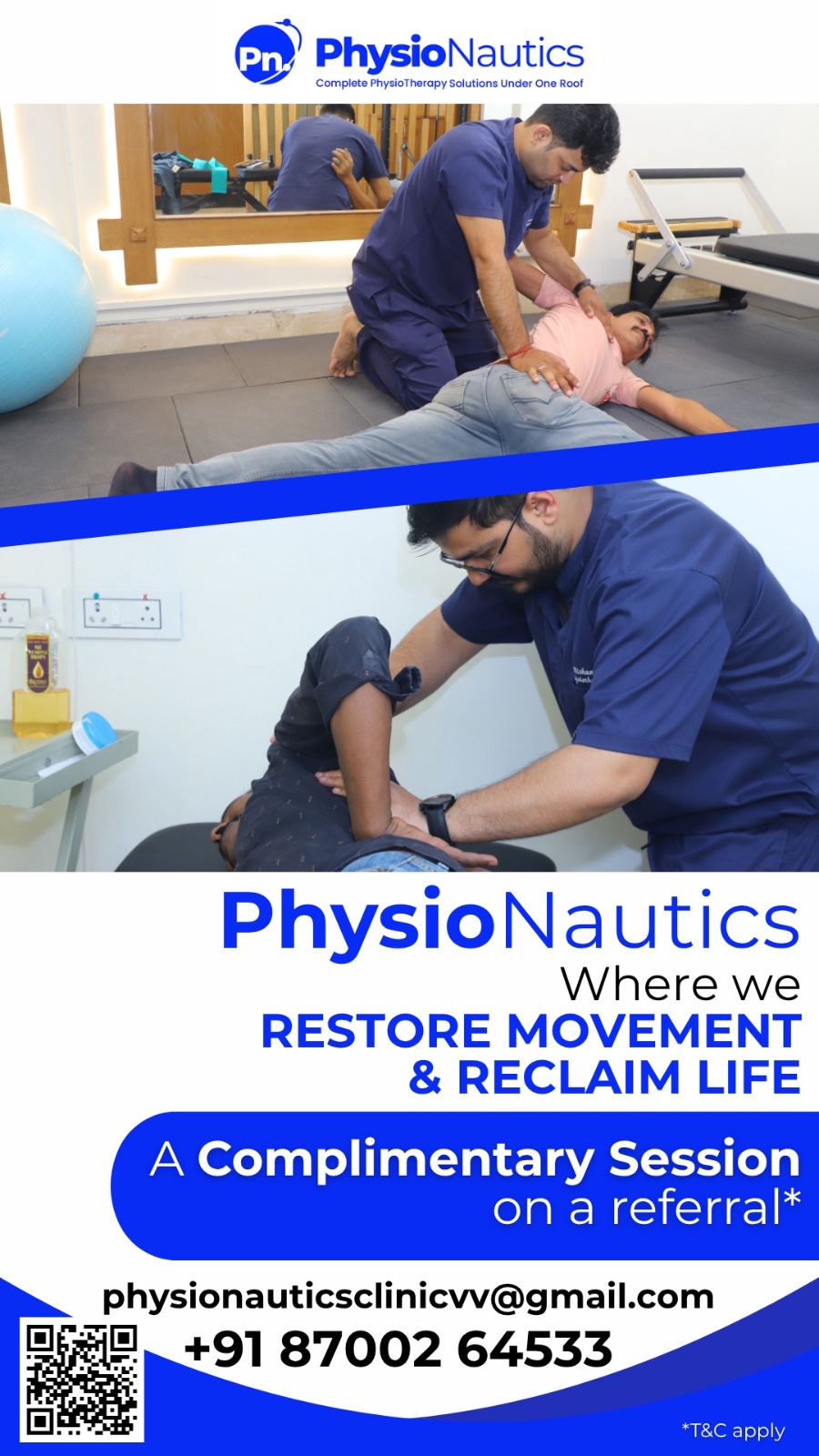



Best treatment for Anterolisthesis Do you suffer from persistent lower back pain, stiffness, or leg discomfort? The problem could be deeper than a simple muscle strain — you may have a condition called Anterolisthesis. Anterolisthesis occurs when one vertebra in the spine slips forward over the one below it. This slippage can compress nearby nerves, cause pain, and affect your posture and mobility. It’s commonly seen in the lumbar spine (lower back) but can occur in the neck as well. Anterolisthesis is often graded based on how far the bone has slipped: • Grade I: Mild slippage (less than 25%) • Grade II–IV: Moderate to severe • Grade V: Complete slippage (spondyloptosis) Common Symptoms: • Lower back pain or stiffness • Pain radiating down the legs (sciatica) • Tingling, numbness, or weakness • Muscle tightness or spasms • Difficulty standing or walking for long periods • Visible change in posture or spinal curve (in severe cases) Causes of Anterolisthesis: • Degenerative changes (age-related) • Spinal trauma or fractures • Congenital defects • Arthritis • Repetitive stress (heavy lifting or sports) • Sometimes occurs along with spondylolisthesis At Physionautics, we use advanced tools and a personalized hands-on approach to treat Anterolisthesis. Our therapists are trained to manage spine conditions with science-backed protocols, ensuring long-term relief and functional independence. At Physionautics, our goal is to relieve nerve pressure, reduce pain, restore spinal alignment, and improve strength — without surgery. Our Comprehensive Rehab Plan Includes: Pain Management Techniques Spinal Stabilization Exercises • Core strengthening (focus on transverse abdominis, multifidus) • Pelvic control and posture retraining Manual Therapy & Mobilization • Gentle spinal mobilizations to restore movement • Soft tissue release for muscle tightness and spasms Stretching Tight Structures • Especially hamstrings, hip flexors, and lumbar paraspinal • Improves flexibility and spinal mechanics Postural Correction & Ergonomic • Guidance on proper sitting, standing, and lifting techniques • Workstation correction to avoid recurrence Kinesio Taping & Bracing (if needed) • Provides external support to reduce stress on spine • Used during activities or early rehab stages Progressive Functional Rehab • Return-to-work and daily activity training • Gradual reconditioning for sports or physically demanding jobs
We hate spam too.